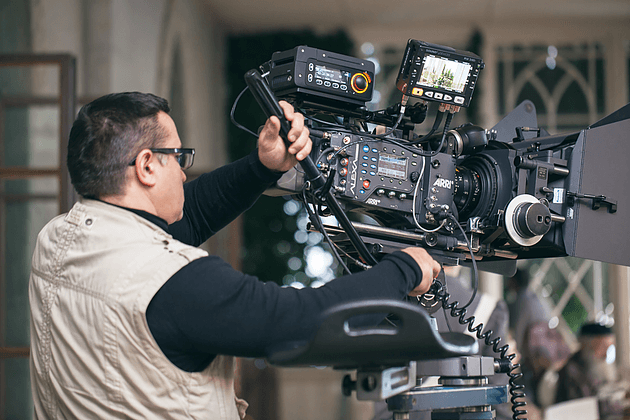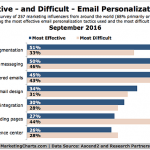Even though there is a massive push towards video on line and this doesn’t look like changing in a hurry, many people we chat with say they’re not sure how they would use video for their business.
Well, the uses are almost endless and are simply restricted by imagination and in some cases budget. We have had the privilege of creating many videos for many different types of businesses and so I thought it might be worthwhile sharing some of those ideas.
The most common use for video can be to promote a product or service and this is most likely to be created as a TV Commercial (known in the industry as a TVC) but trends are also now including on-line videos produced just like TVC’s. For TV the length of a TVC needs to be fifteen or thirty seconds to meet broadcast time frames but in some cases they can be longer, usually in multiples of 15 seconds (i.e. 45, 60 seconds etc.) and I’m sure we’ve all seen those late night TVC’s that seem to go on forever.

Aside from promotions, on-line videos can offer a huge range of opportunities to share information, so whether it’s a “How to use product X” video or an instructional process that runs through safety features, video can offer as much or as little detail as you want to show. The days of DVD’s to send out are fast becoming extinct and with this comes the advantage of not needing to produce and send out X number of DVD’s and it also means when your videos re on-line they can be updated as required, so you won’t need to show old information.
Sometimes it might be about taking your business to your customers and importantly your potential customers rather than them having to come to you. Virtual tours of your business, whether that’s a look around a retail outlet showing what you offer or a behind the scenes video touring your manufacturing facility, it can show customers who may not have easy access to your physical address what you’re all about. Virtual tours also work really well to show suppliers or potential partners on a new project just what sort of set up you have and this can be delivered as your capability and capacity to meet requirements.
In the education and training sector videos have become an integral part of daily learning and we have found this has now moved across to the corporate sectors. Training staff no longer need to work through tedious training sessions with new team members or to re-educate existing teams. They can now have a library of videos which can be accessible through a number of ways in which team members can watch as required. With the use of additional software, training videos can now go many steps further by monitoring who watched the video, at what point they stopped watching (i.e. did they stop watching before the end) and you can even integrate questioning and testing parameters before they can progress to the next stage of the video.
The next phase of video which is gaining momentum is interactive video, allowing viewers to opt where they go in their viewing experience. Fantastic for education and training but now the retail sector is starting to utilise these options in allowing customers to see what they want to see just like they could is they were in store, with options to purchase or find out more as they wander through the video.
Even with all these uses we just touching the tip of the iceberg as when we start to add cameras to moving objects, flying on drones, placed on helmets and bodies etc. the world of the virtual experience and being there together with true interactivity opens up, but let’s save that for another blog.



